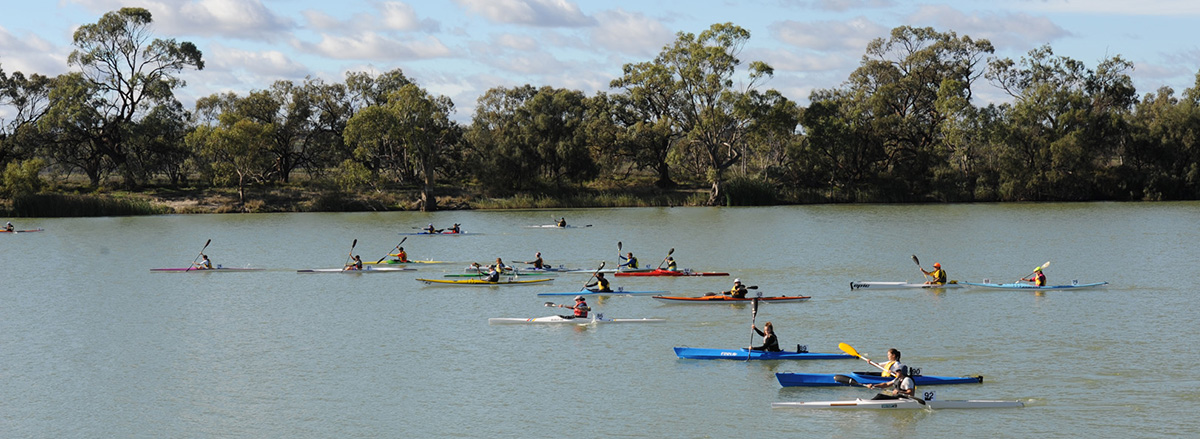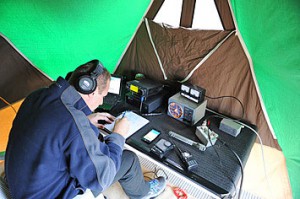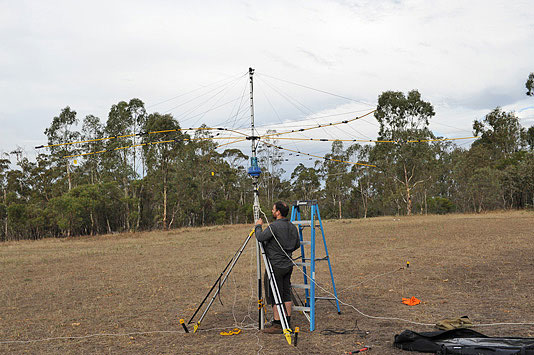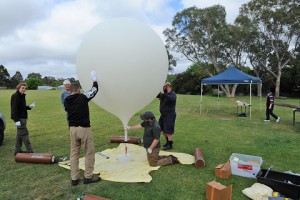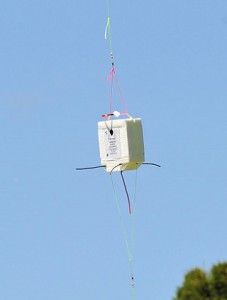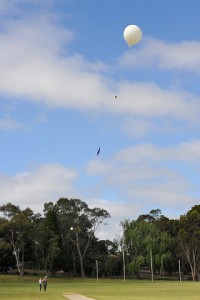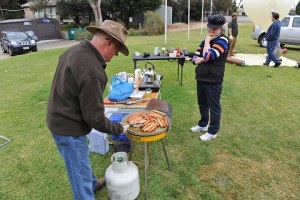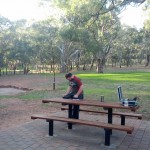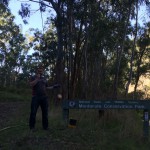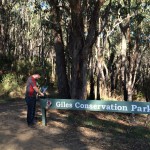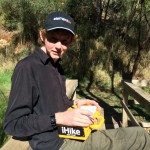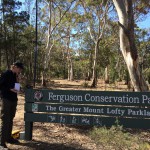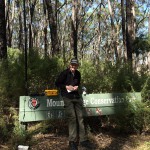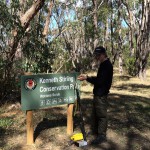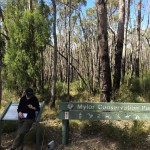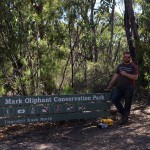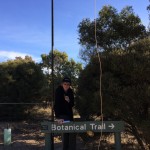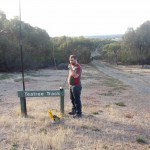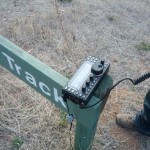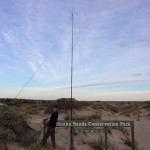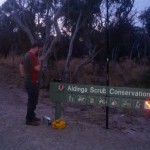The Project Horus high altitude balloon group, based in Adelaide, is planning it’s 23rd balloon launch this Sunday 15th April, launching shortly after the WIA Broadcast between 10-11am.
This will be an amateur radio oriented balloon launch, with three payloads of interest to amateurs, intended to coincide with the WIA field day.
The group will fly the FM cross band voice repeater again. The repeater will operate with a 70cm uplink and a 2m downlink.
New frequencies will be used and they are;
- Uplink: 438.900 MHz FM + CTCSS Tone of 123Hz
- Downlink: 144.650 MHz FM (2m experimental segment) + CTCSS tone of 123Hz.
Based on previous flights, it should be possible to access the repeater from up to 800km away at apogee, with about 30-50W. A beam will help overcome the inevitable FM capture effect problems. The downlink is easily audible on any reasonable omni directional antenna, although if you are under the balloon’s flight path you may see 20dB fades or more.
The Amateur Radio Experimenter’s Group will be running net control on the voice repeater as VK5ARG from launch control in the Adelaide Hills. On decent it is expected that the recovery teams will need to use the cross band repeater periodically, so we ask that people please observe the directions of the net control station.
An APRS tracker will also fly on this flight under the callsign VK5ARG-11 on the national 145.175 MHz frequency. It will be possible to track the balloon progress via http://aprs.fi , make sure you check out the new horizon ring prediction service on this flight. Telemetry format packets are now also broadcast on APRS.
The ever reliable primary 300 baud RTTY telemetry beacon will also fly – at this stage it will be on 434.075 MHz (note update) (+/- 5kHz thermal drift). This signal is used as part of the group’s “distributed listener” telemetry network where any amateur receiving the data can upload what they are hearing over the internet.
The data, which is sent to the http://spacenear.us/tracker website, contributes to the landing zone predictions used by the chase teams. The chase-tracker teams have 3G Internet data in their vehicles and are actively using and looking at that data, so it is one way amateurs can have a behind the scenes involvement in the flight’s success. NOTE: this beacon only runs 25mW and can be heard at the radio horizon, so why not give it a go!
If you would like more information about the software setup required to participate in the RTTY telemetry recovery take a look at the Project Horus tracking page here http://projecthorus.org
Confirmation that the flight is a “go” can only be given on the Sunday morning (15th). Please keep an ear out on VK5RSB 439.900 or VK5RMB 146.875MHz.
Flying high altitude balloons is subject to the weather, stratospheric wind conditions and have various constraints on where we are permitted to fly, so the potential for the mission to be cancelled exists up until the very last minute before launch. We will endeavour to update various amateur forums and DX Clusters once it is in the air. Flight time should be around 2 & 3/4 Hrs.
If you would like to find out more about Project Horus, please visit our website at http://www.projecthorus.org/ or for some short films of our past activities, the Vimeo channel at http://vimeo.com. This information can also be found in the text edition of the WIA News at http://www.wia.org.au

